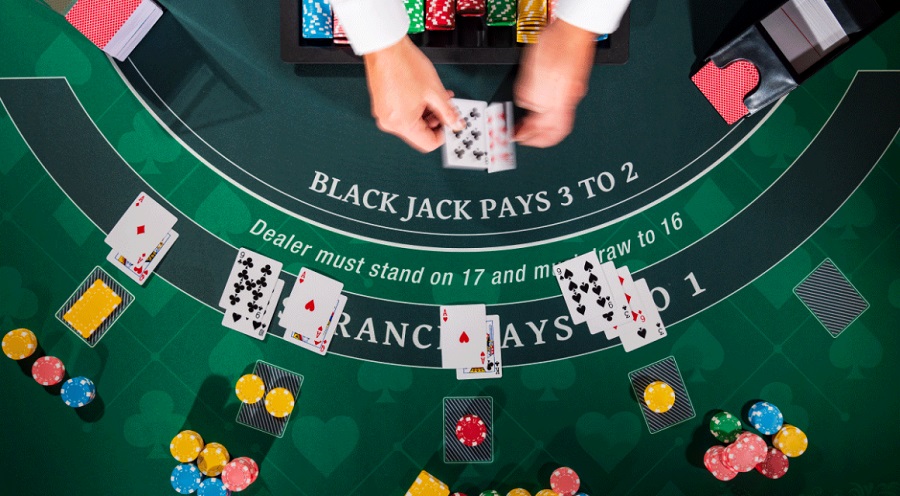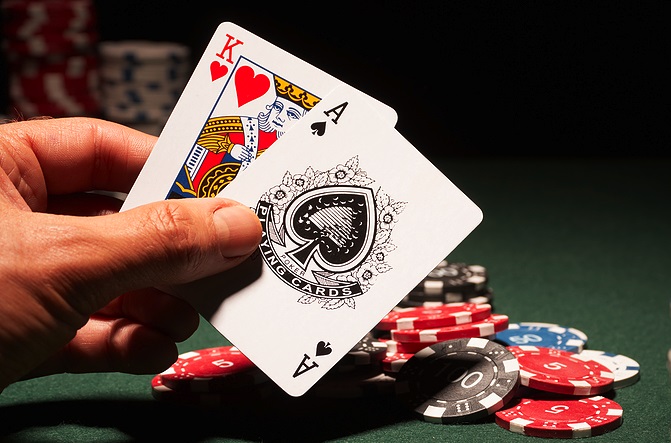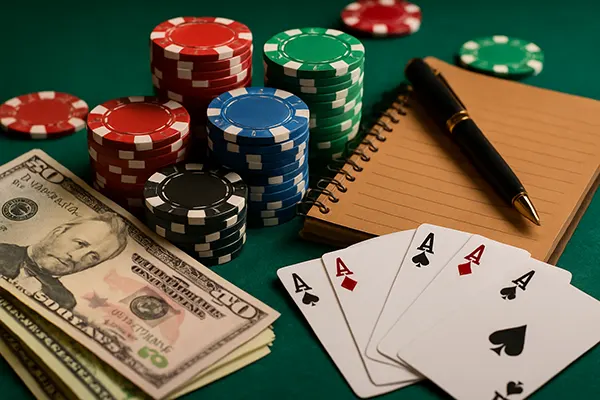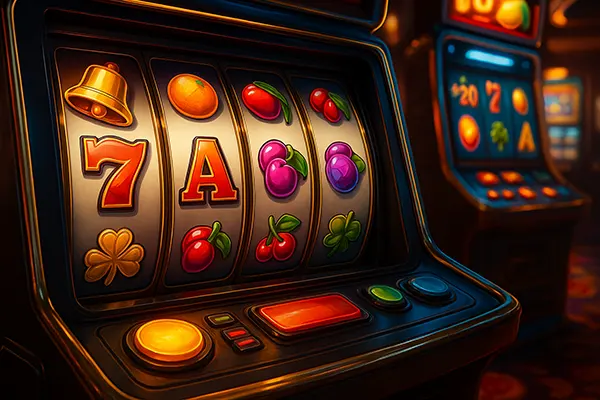
Blackjack Mastery: Strategies to Tilt the Odds in Your Favor
Blackjack, often known as 21, is not just a game of chance but also a game where strategy plays a pivotal role. Through precise decision-making, understanding game mechanics, and a little bit of luck, players can significantly increase their odds of winning. In this guide, we’ll explore time-tested strategies that can give you an edge in this classic casino game.
The Foundations of Blackjack
Understanding the basic mechanics of blackjack is crucial. The primary goal is to have a hand value closest to 21 without exceeding it. Both the player and the dealer aim to achieve this, with the player competing directly against the dealer.
Cards from 2 to 10 carry face value, face cards (King, Queen, Jack) are worth 10, and Aces can be either 1 or 11, depending on what benefits the hand more. It’s this flexibility of Aces that adds a layer of strategy to the game.
Now, while the game might seem simple, there’s a depth to it. Decisions on whether to ‘hit’ (take another card), ‘stand’ (stick with your current hand), ‘double’ (double your bet for one more card), or ‘split’ (dividing a pair into two hands) can greatly influence the game’s outcome.
Basic Strategy: Your First Step to Winning
The Basic Strategy in blackjack provides a mathematical foundation for your gameplay. It’s a set of guidelines that tells you the best action to take for every possible combination of your hand and the dealer’s face-up card. Charts are available that detail this strategy, and they’re a product of extensive computer simulations.
While mastering the Basic Strategy doesn’t guarantee a win, it minimizes the house edge. Over time, this can make a significant difference in your overall performance and potential returns. It’s the first step any aspiring blackjack player should take on their journey to mastery.
Card Counting: Turning the Tables on the Casino
Card counting is a more advanced technique that, when executed correctly, can turn the odds in favor of the player. The idea is to track the ratio of high-value to low-value cards left in the deck. When more high-value cards remain, the player has a better chance of hitting a blackjack, and the odds shift in their favor.
There are different systems for card counting, with the Hi-Lo system being one of the most popular. In this system, cards 2-6 are worth +1, 7-9 are worth 0, and 10-Ace are worth -1. Players keep a running count and adjust their bets accordingly.
However, card counting isn’t welcome in most casinos. Modern establishments employ multiple decks and shuffle policies to counter this strategy. If caught, players might be asked to leave. Hence, if you’re considering card counting, it’s essential to be discreet and practice a lot before trying it in a real casino.

Bankroll Management and Setting Limits
While not directly a gameplay strategy, managing your bankroll is crucial for long-term success in blackjack. Determine in advance how much you’re willing to risk and stick to that limit. It’s easy to get carried away after a few wins, but discipline is key.
Dividing your bankroll into smaller stakes and setting win/loss limits for each session can help. For instance, if you have a bankroll of $500, consider playing in sessions with $50 each. If you lose or win 50% of that stake, it might be a good idea to take a break.
Conclusion: The Journey to Blackjack Mastery
Blackjack is an exciting blend of luck and strategy. By mastering the basics, understanding when to employ advanced techniques like card counting, and managing your bankroll wisely, you can significantly tilt the odds in your favor. Remember, the journey to blackjack mastery is a marathon, not a sprint. Continuous learning, practice, and discipline are the keys to success.



